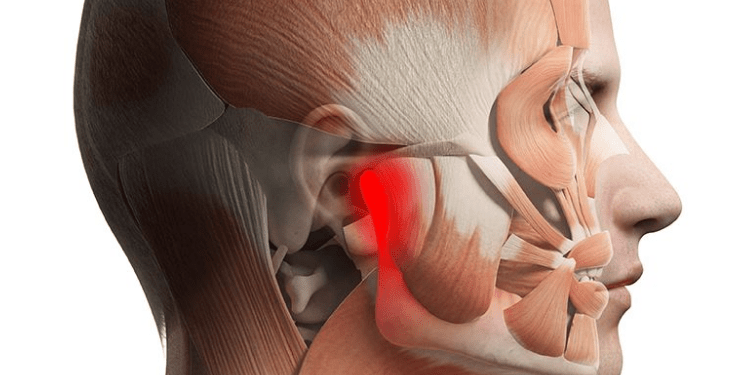The temporomandibular joint (TMJ) plays a vital role in daily activities such as speaking, chewing, and even yawning. When this joint becomes impaired, individuals may experience temporomandibular joint dysfunction (TMD), a condition that can lead to pain, discomfort, and restricted jaw movement. While many people initially dismiss jaw pain as a minor issue, untreated TMD can interfere with quality of life and, in some cases, lead to long-term complications.
Why Specialists Are Essential in Treating TMD
Seeking the guidance of temporomandibular joint dysfunction specialists is one of the most effective steps a person can take to manage the condition. These healthcare professionals focus on diagnosing the underlying causes of TMD, which can range from stress-related teeth grinding to arthritis or jaw misalignment. With their expertise, they can recommend targeted treatments that address not only the symptoms but also the root of the problem.
Unlike general dental care, TMD management often requires a multidisciplinary approach. Specialists may collaborate with physical therapists, orthodontists, or even neurologists to ensure patients receive comprehensive care. This holistic perspective allows for customized treatment strategies, which significantly improve the chances of long-term relief.
Common Symptoms of Temporomandibular Joint Dysfunction
Recognizing the symptoms of TMD is the first step in addressing it. While pain in the jaw is the most common indicator, many other symptoms can signal dysfunction, including:
- Frequent headaches or migraines
- Clicking or popping sounds when opening the mouth
- Stiffness or difficulty in fully opening the jaw
- Pain radiating to the neck, shoulders, or ears
- Swelling around the jaw area
Because these symptoms can sometimes overlap with other conditions such as ear infections or dental problems, it is crucial to seek professional evaluation rather than self-diagnosing.
Causes Behind TMJ Dysfunction
Several factors may contribute to the development of TMD. Understanding these causes helps patients and specialists identify the best treatment plans:
- Bruxism (Teeth Grinding): Habitual grinding or clenching puts pressure on the joint.
- Jaw Misalignment: Irregular bite patterns may strain the TMJ.
- Arthritis: Both osteoarthritis and rheumatoid arthritis can affect the joint.
- Injury or Trauma: Accidents or blows to the jaw may result in dysfunction.
- Stress and Anxiety: These often lead to unconscious jaw clenching.
By identifying the cause, specialists can tailor treatment to each patient’s unique needs.
Diagnostic Approaches
Accurate diagnosis is crucial in effectively managing TMD. Specialists typically begin with a physical examination, during which they evaluate jaw movement, listen for sounds in the joint, and check for areas of tenderness.
Advanced diagnostic tools may include:
- X-rays: To assess jawbone structure.
- MRI scans: To examine soft tissues, including the disc within the joint.
- CT scans: To gain a detailed view of the joint itself.
These tools allow for a precise understanding of the problem, which is essential for effective treatment planning.
Treatment Options Available
There is no one-size-fits-all treatment for TMD. Depending on the severity and underlying cause, specialists may recommend a range of approaches:
- Lifestyle Adjustments: Stress reduction techniques, dietary modifications, and avoiding excessive jaw movement.
- Physical Therapy: Exercises designed to strengthen jaw muscles and improve flexibility.
- Oral Appliances: Splints or mouthguards to reduce clenching and grinding.
- Medications: Anti-inflammatory drugs, muscle relaxants, or pain relievers.
- Advanced Treatments: In severe cases, injections or surgical interventions may be considered.
Most patients benefit from a combination of non-invasive treatments before exploring surgical options.
The Importance of Early Intervention
One of the most common mistakes people make is delaying treatment for TMJ pain. Early intervention often prevents the condition from worsening. Specialists can identify subtle signs of dysfunction that a general checkup might overlook. Addressing the problem at its early stages not only provides faster relief but also reduces the likelihood of long-term damage to the joint.
The Psychological Impact of TMD
It is worth noting that TMD is not only a physical condition but also one that affects mental well-being. Chronic pain and limited jaw function can lead to frustration, anxiety, and even depression. Specialists often emphasize the importance of stress management, counseling, or mindfulness practices as part of the overall treatment plan. Addressing both physical and emotional aspects of the condition ensures more holistic healing.
Lifestyle Strategies for Managing TMD at Home
While professional care is essential, patients can also take steps at home to support their recovery:
- Avoid chewing gum or eating hard foods.
- Apply warm or cold compresses to reduce inflammation.
- Practice relaxation exercises to minimize jaw clenching.
- Maintain good posture to reduce strain on the neck and jaw.
- Stay consistent with prescribed exercises or appliances.
These small but effective strategies can significantly complement the treatment provided by specialists.
Conclusion
Temporomandibular joint dysfunction is a complex condition that requires careful evaluation and specialized treatment. The role of temporomandibular joint dysfunction specialists is central in helping patients identify the root causes of their discomfort and develop personalized solutions. By seeking early intervention, following professional guidance, and adopting supportive lifestyle habits, individuals can restore comfort, improve jaw function, and prevent long-term complications.






